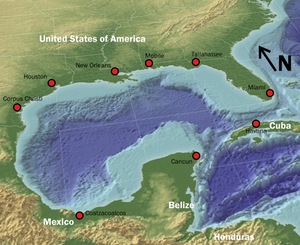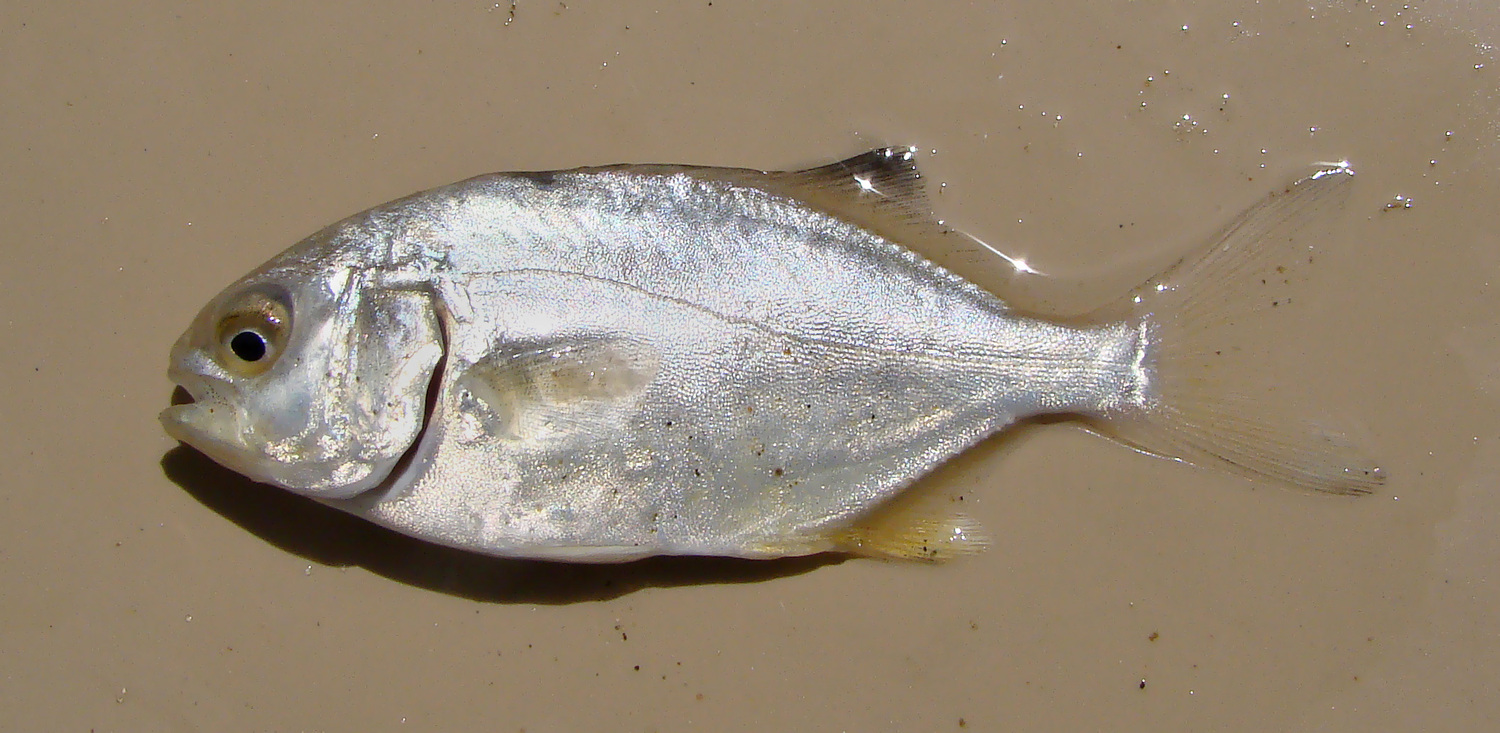Reusing Fish Poo
Interview with
Helen - Well, as we've heard, aquaculture isn't restricted to the oceans. Many aquatic organisms can actually be farmed on land. This is potentially good news for reducing the environmental impacts of aquaculture because all the by-products can be contained, including large amounts of solid waste and enriched salty water. But how do you dispose of a whole lot of fish poo without harming the environment? Dr. Kevan Main heads up the Centre for Aquatic Research and Development at the Mote Marine Laboratory in Florida where they've come up with a novel new way to re-use this waste as fertiliser for farmed marine plants...
Kevan - You can't just grow anything in solid waste out of a saltwater system. If you put it on regular plants for vegetables or something like that, everything is going to die. And so, I entered into a partnership with a company that does restoration of wetland plants and their business is to grow a whole suite of species that are used to restore coastal environments in the south-eastern US. And so, they'll go in and replant areas that have been impacted, say by development or storms or hurricanes, or oil spills, or things like that.  And so, they'd grow all these plants in freshwater and fertilise them, and grow them there, and then when they get their contracts to go and plant them back in a coastal environment, they'll expose them to salty conditions for a period of time. So they acclimate them back to the conditions so that when they put them out there, they're not completely shocked and they die.
And so, they'd grow all these plants in freshwater and fertilise them, and grow them there, and then when they get their contracts to go and plant them back in a coastal environment, they'll expose them to salty conditions for a period of time. So they acclimate them back to the conditions so that when they put them out there, they're not completely shocked and they die.
Helen - Kevan took me out to the greenhouse where they season the plants prior to replanting.
Kevan - These plants are absorbing the nutrients that are produced by the fish and turning it into plant material, and these plants have the potential to be used for restoration projects throughout the Gulf of Mexico. It's three different species that are found commonly along our coastline in Florida and up to the rest of the Gulf and every single one of them will eventually go out to restoration projects around the state.
Helen - And you said that they are being fed basically with fish poop. Is that right?
Kevan - Yes, that is right. What's happening is that we're getting a combination of both the solid waste or we call it fertiliser, and that's coming from the fish production unit and they're getting high nutrient water that is associated with that waste.
Helen - And that huge greenhouse contains more than 100,000 plants, but it only uses the waste from a relatively small number of fish.
Kevan - What amazes me about it is that I have less than 3,000 fish in the production unit there because we had some fish that were left over from an earlier research project that we were working on and we put them out there and we said, "Well, we'll just get started. Probably won't be enough nutrients for them but at least we have something going in there and hopefully the plants won't die." And so, we put them in there and we started sending the wastewater through there and sure enough, it was plenty. So, now I'm thinking that we might need - if we have this really stocked well, we might need three greenhouses instead of one because you're going to produce a lot of plant biomass.
Helen - Although it's clearly working well, this technique is still experimental. So to work out how best to deliver the fertiliser and enriched water, Kevan and the Mote researchers are doing a number of controlled trials.
Kevan - Because this is a research study, I have two raceways with plants in them and I'm using two different approaches to entering the solids into the plant systems. One of them, all the solid is actually removed prior to the water coming through and then only high nutrient water is coming through. This one, it has solids and water going right into that system. The great thing about that is this is a simpler system to build and operate, but the advantage to the other one is that you can pull the solids right off that system and then what we do is, when they're going to start a new crop of plants, they come and scrape off that solid material, take it back there and mix it with the potting soil. So it's essentially like adding fertiliser. And then the third treatment is a bag. It's called a geotube bag that just collect solids inside the bag.
Helen - And to find out more about where their fertiliser comes from, Kevan took me down to the ponds to meet the fish.
Kevan - Florida pompano which is a really exciting fish. People come here from all around the country, both to fish for it and to eat it in our local restaurants.
Helen - So it's tasty.
Kevan - Yes, it is. It's a really nice delicate white fish.
 Helen - And the idea is that you're producing them here in this sustainable system and eventually, these will be sold.
Helen - And the idea is that you're producing them here in this sustainable system and eventually, these will be sold.
Kevan - That's exactly right. Both the plants and the fish will be sold at the end of the project and go in to the market.
Helen - And how long do we keep them here in this great big tanks in front of us? We've got these enormous round tanks. I'd say they're about 3 or 4 feet deep, is that right?
Kevan - They are actually 5 feet deep and the fish will stay in that system probably for about 9 to 12 months before they are market size.
Helen - So about a year old and then they're ready to eat.
Kevan - That's right.
Helen - So that's not too bad.
Kevan - No, it isn't. Especially when you compare it to some of the other big marine species, grouper or a fish like that when you're harvesting them out of the ocean, they could be 20 years old before you're harvesting them.
Helen - And you can release these guys back into the wild as well?
Kevan - Well you could. That is not a target for this particular project and the state of Florida is not currently targeting pompano for stock enhancement. It's not to say that you couldn't because the genetics of these are based on populations that are from this local coastline, so they certainly could be used for that.
Helen - Finally, if the waste keeps us in plants, where do the fish themselves come from? Persuading brood stock fish to spawn in captivity involves mimicking the natural environment and giving them a little hormonal helping hand.
Kevan - We first start with environmental cues. We use lighting, temperature, and moon cycle lights to condition them for the spawning conditions that we know that they normally react to in nature, and then right when they're just about ready to spawn, we will inject them with a hormone that causes their brain to say, "Okay, now's the time." Because we really haven't got all the cues right in place since, so in order to get everything just right, at least up to this point, we have to use a hormone implant. It works very effectively. We implant one day, 24 hours later, they'll spawn. Twenty four hours after that the eggs hatch.
Helen - That's ensuring the next generation of fish will continue to provide fertiliser for more plants. That was Dr. Kevan Main, head for the Centre for Aquatic Research and Development at Mote Marine Laboratory in Florida.










Comments
Add a comment